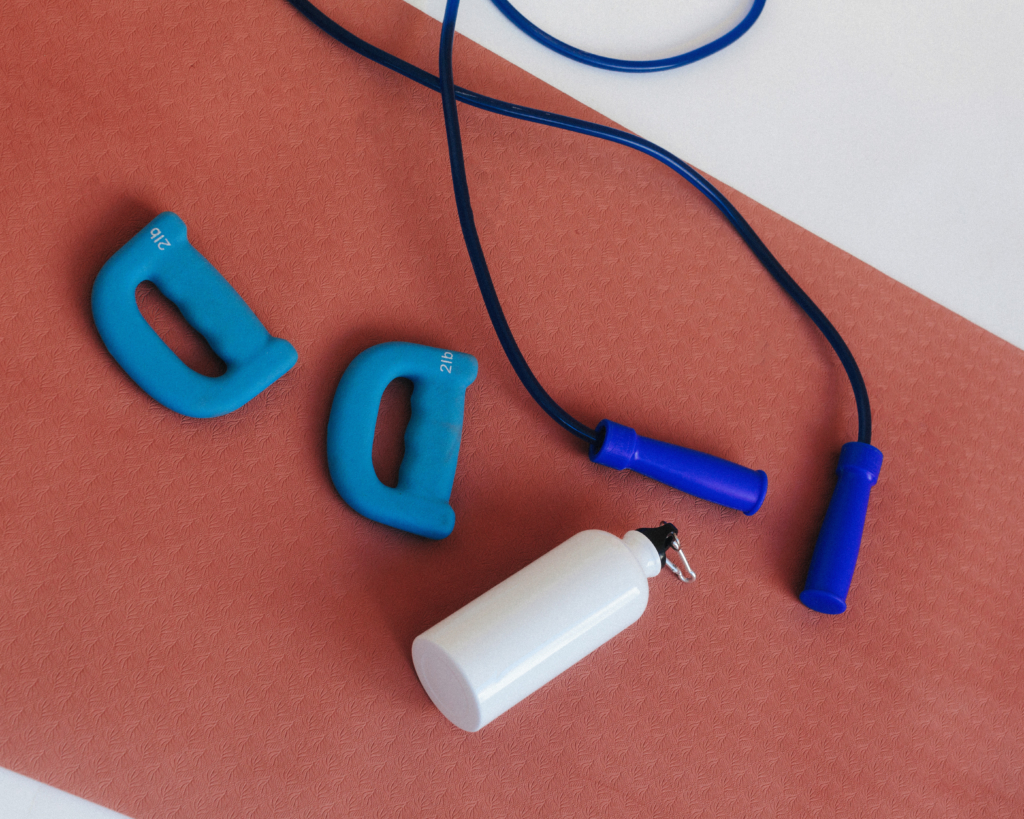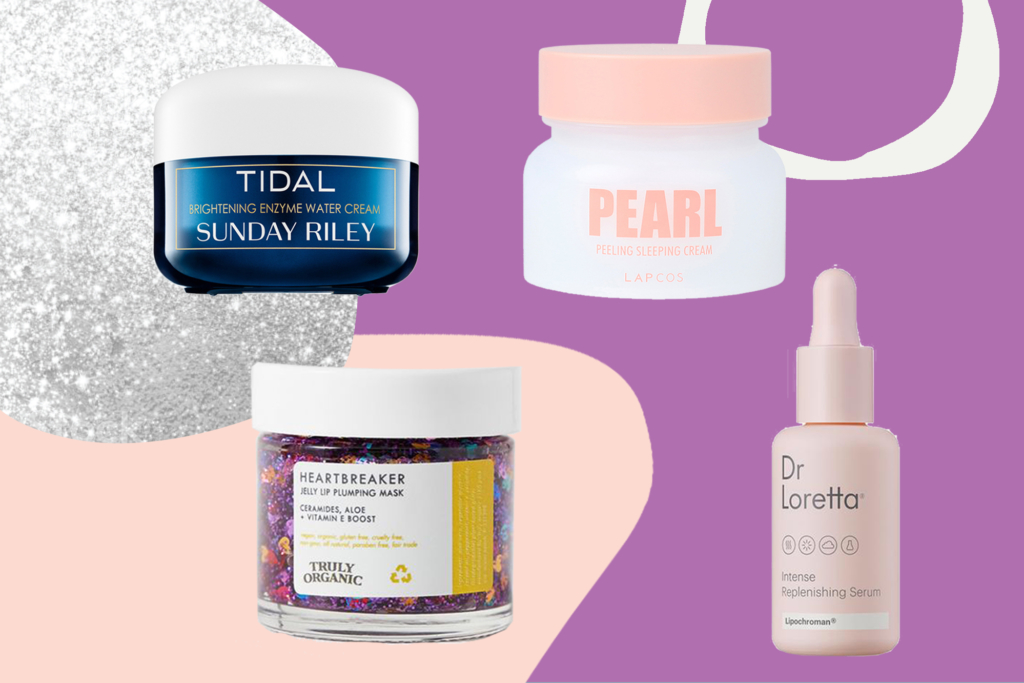
For those living in colder climates during the winter months, the much-anticipated arrival of freezing temperatures and snowfalls can be synonymous to burrowing in your apartment for a few extra months. Sweatpants, hair tied, chillin’ with no makeup on. Drake was preaching the ultimate winter fantasy, sans radiator blasting. However, you’re doing more harm than good while keeping your body sedentary for long periods of time. Sorry, Drake, what’s best is to stay active when the temperature drops. The benefits of regular exercise are enough to get you off the couch and get moving. The benefits for combatting common winter ailments…enough to rap about.
You’ll Fight Winter Fatigue
If you’re feeling lazier when the temperature drops, you’re not alone. Shorter days mean less sunlight, so your brain produces more melatonin in response, leaving you fatigued. Your body is also producing less vitamin D than what it’s used to, which can cause tiredness. According to a 2016 study by researchers at the Centers for Disease Control and Prevention, around 14 to 18 percent of Americans suffer from low levels of vitamin D. This is not a good sign, considering it helps regulate genes, strengthens bones and improves your immune system, among other benefits.
Get this: roughly five percent of the human genome is regulated by vitamin D. This is a big deal, and researchers believe this has larger implications than previously thought for mental health. Doing outdoor exercises like jogging a few miles for 20 minutes will give your body necessary sunlight exposure for a boost of vitamin D. This will fortify your physical health and lift feelings of weariness.
You’ll Alleviate Seasonal Affective Disorder
According to the Centers for Disease Control and Prevention, 14 percent of Americans suffer from seasonal affective disorder (SAD). SAD is characterized by regular depressive periods during fall and winter months, and non-depressive periods during spring and summer. Sunlight is one of the best treatments for SAD because of vitamin D, hence the alleviation of symptoms during the summer months.
Another great treatment? Regular exercise. Simply put, any form of moderate-intensity exercise gives participants a mind-body connection, which will reduce symptoms of SAD.
Karla Hollan, DPT, RYT, CEAS-I, says that whether you’re outdoors or indoors, doing aerobic or yoga exercise, an extended period of movement and focus on that movement will help. “Guided imagery in meditation and relaxation techniques in yoga will create a deeper mind-body connection, which aids in coping with SAD,” Hollan says. “Yoga has a deeper connection because it allows people to be more aware of their body and tune in to deeper breathing patterns which calm the nervous system.”
As for aerobic exercise, sweating it out also releases feel-good hormones like endorphins and enkephalins, which are proven to improve mood. Just 30 minutes of moderate-intensity aerobic workouts like running, cycling and dancing, is shown to reduce depression and anxiety. The increased blood and oxygen circulation will also improve your motivation, thus the feeling of a “runner’s high.”
Finally, if your job means sitting in an office from 9 to 5, bring a pair of athletic shoes or a yoga mat so you can do a quick exercise routine during your lunch break, or head outside for a 20-minute walk to get your blood flowing and heart rate higher. Simple physical activity is known to boost your concentration and reduce stress.
You’ll Burn More Calories
There’s a cool phenomenon (pun intended) that happens when working out in colder weather. But first, a crash course: Our bodies produce two types of fat, brown and white. Hollan says a common misconception is that we physically eat white and brown fat. What is true is that diet contributes to how the body processes and stores fat.
White fat (white adipose tissue (WAT)) is the predominant form of fat in the body, and because of its cellular composition, stores extra energy (the largest energy reservoir in our body!). It can either be white or yellowish in appearance. White fat is the fat that mostly shows up in your thighs, hips, abdomen, buttocks, and breasts. Hollan mentions that white fat is not only needed for insulation, but it also helps with hormone regulation during stressful times. “Just like anything else, too much white fat [can] be a problem,” Hollan continues.
For example, VAT fat is a type of white fat that surrounds the organs. Too much of this is detrimental because, at a minimum, it can increase the risk of heart disease and type 2 diabetes. It can also mess with the bodies metabolizing of nutrients. At the maximum, it can increase our risk of developing certain types of cancers. “We need it, but too much [of it] can be a risk factor for major conditions,” says Hollan.
On the other hand, brown fat (brown adipose tissue (BAT)) is found on the back of the neck and upper back. Hollan said brown fat burns calories and helps us maintain a healthy weight. Rather than act as an energy reservoir, brown fat’s purpose is to burn those calories.
Everything from exercise, diet, and sleep can affect brown fat conversion, Hollan said. Healthy levels of these create fat balance in the body and reduce stress, so get a good night’s sleep and eat nutritious, whole foods in addition to exercising regularly.
Hollan mentions that on a metabolic level, outdoor cold weather activities do convert some of the white fat to brown or beige fat. When the body needs to generate heat, it will metabolize brown fat so that it does its job of burning calories. Science!
So while you may think it’s not in your favor to go outside for a run, you’re actually increasing calories burned.
It’ll Boost Your Immune and Heart Health
The age-old saying your parents told you growing up that “you’ll get a cold going outside in that weather” may be losing its edge.
Now obviously that saying would be true if you don’t prepare. Hollan mentions that moderately-aged individuals should be in the clear, but it’s always important to consult with your MD, especially if you have a preexisting condition. Be smart and wear protective clothing layers that cover delicate areas like the top of your head and fingers. Plan ahead for severe conditions like wind chill or hail. Create a game plan if you need to stop and find heat or hydration during your exercise route. Once you’re all prepared, though, you will be experiencing some immunity benefits with a moderate intensity cardio workout.
In general, Hollan says that cold weather will increase the heart rate and systolic blood pressure. It also naturally starts thermoregulation so the body can return to homeostasis (hello, brown fat conversion). This is beneficial for the body, especially individuals of moderate age. It’s also easier for bodies to regulate temperature in cold versus hot weather extremes and for individuals to exercise for prolonged periods.
Those aren’t the only benefits. Cold weather also kills off microorganisms and disease-carrying insects. Not to mention it can partially inhibit inflammatory responses commonly associated with warmer weather workouts. Simply put, the cold air acts as a natural ice pack.
Any movement is going to stimulate the body in a beneficial way for moderately-aged people. Regardless of where you live during the end of the year, it’s important to get outside and get physical. A little sweat never hurt anyone.
—
Feature image via Vanessa Granda

